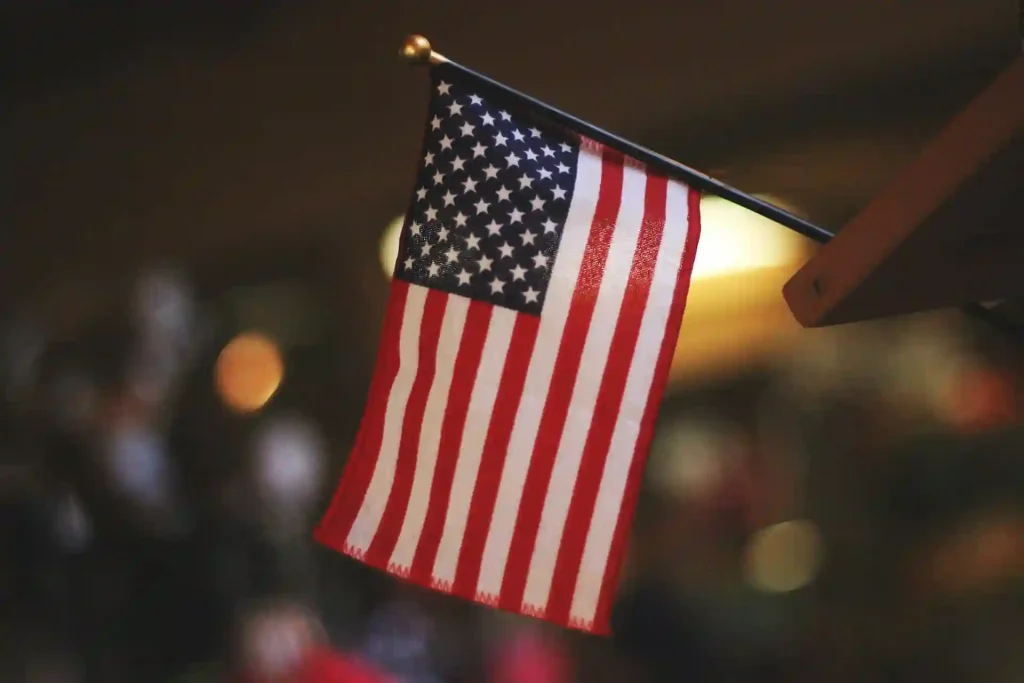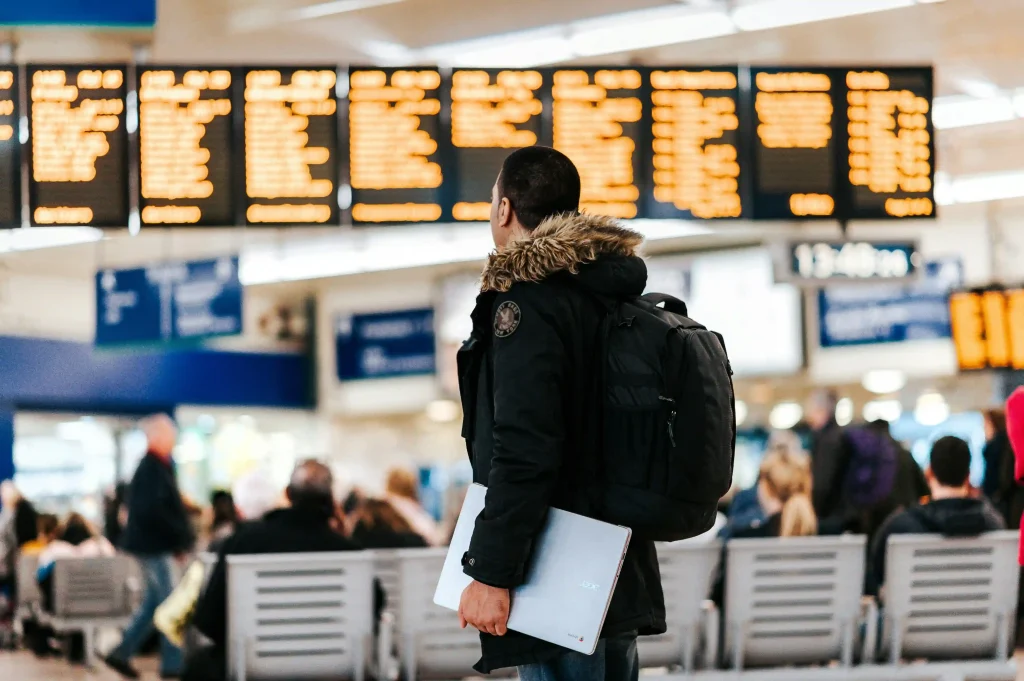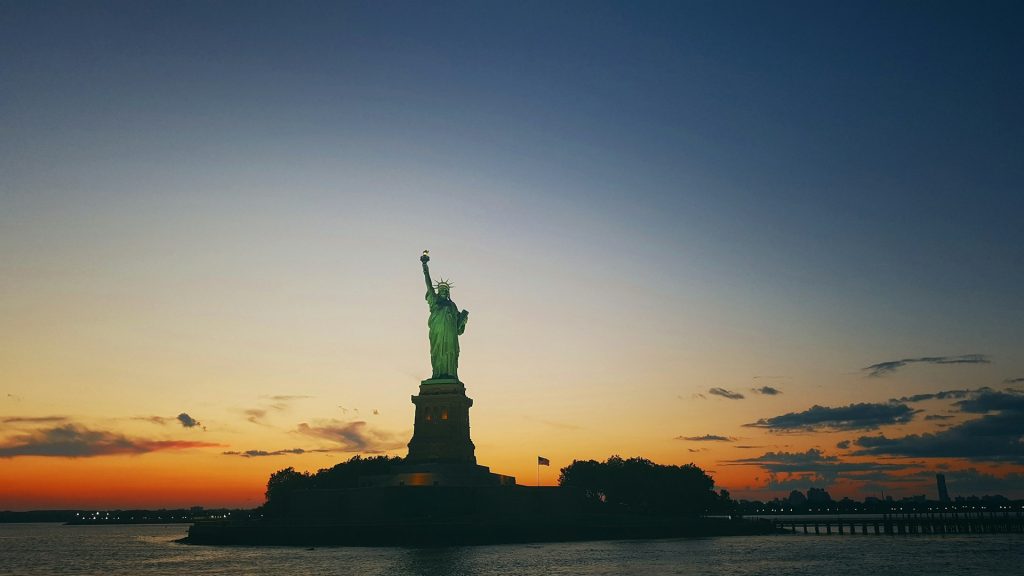Grace Period is the crucial window of time granted after a U.S. visa expires or is canceled—allowing foreign nationals to remain lawfully in the country for a limited duration. This temporary extension serves as a buffer between status expiration and potential overstay, giving individuals the opportunity to prepare for departure, apply for an extension, or change their visa category.
Understanding your grace period can mean the difference between maintaining lawful status and facing immigration penalties. At Visa Beyond, we help visa holders navigate this sensitive timeframe confidently—ensuring every day of your grace period works in your favor, not against you.

What Is a Grace Period in Immigration?
A visa grace period is the legally permitted number of days you can stay in the U.S. after your visa expires or is canceled—without being considered overstayed—allowing you to prepare to depart, extend, or change status.
Understanding the Purpose of a Visa Grace Period
Why Immigration Authorities Provide a Grace Period
- Prevent sudden unlawful presence
- Allow applicants to make legal adjustments
- Enable smooth transitions between visa categories
Legal Foundations and Policy References
- USCIS and DHS regulatory basis (8 CFR 214.1(l)(2))
- Typical length: 10–60 days depending on visa type
Types of Grace Periods in the U.S. Immigration System
Employment-Based Visa Grace Periods (H-1B, L-1, E-2, O-1)
- 60-day post-termination rule
- Impact of job loss or voluntary resignation
- Filing a change of status or transfer during the period
Student Visa Grace Periods (F-1, J-1, M-1)
- 60-day F-1 departure window
- 30-day J-1 program exit requirement
- Maintaining lawful stay vs. authorized withdrawal
Dependent and Family Visa Grace Periods
- How dependents’ grace periods align with principal holder’s status
- Example: E-2 spouse work authorization impact
Tourist and Temporary Stay Visas (B-1/B-2)
- No automatic grace period; discretionary extension options
- The “legal exit window” concept

How Long Is the Grace Period After Visa Expiration?
| Visa Type | Typical Grace Period | Regulation Source |
| F-1 Student | 60 Days | 8 CFR 214.2(f)(5)(iv) |
| J-1 Exchange | 30 Days | 22 CFR 62.43 |
| H-1B / L-1 / E-2 | Up to 60 Days (once per authorization) | DHS Final Rule 2017 |
| B-1/B-2 Visitor | Discretionary 0–10 Days | CBP Policy |
| O-1 / TN | 10 Days pre-/post-employment | USCIS Policy Manual |
Grace Period After Visa Cancellation
What Happens When Your Employer Terminates You
- Immediate start of the 60-day countdown
- Filing for new employer sponsorship or change of status
- Travel exit strategy if extension denied
Voluntary Visa Cancellation and Travel Planning
- When you resign or end status voluntarily
- Maintaining proof of lawful stay to avoid future bans
Consequences of Overstaying Beyond the Grace Period
Immediate and Long-Term Immigration Risks
- Unlawful presence accrual (3-year / 10-year bans)
- Ineligibility for visa renewal or change of status
Real-World Case Example (Visa Beyond Data Insight)
Between 2018–2024, 42% of overstays occurred due to miscalculated grace periods—mostly among F-1 graduates and H-1B workers after layoffs.
Can You Extend a Visa Grace Period Legally?
Filing for a Status Extension or Change During Grace Period
- Use of Form I-539 or I-129 before period expires
- Maintaining uninterrupted lawful presence
Humanitarian and Exceptional Circumstances
- Medical emergencies
- Travel restrictions or embassy closures
- Visa Beyond assistance in drafting justification letters
How to Calculate Your Lawful Stay Visa Grace Period
Step-by-Step Calculation Guide
- Identify your visa type and end date.
- Check DHS/USCIS regulations for specific grace window.
- Add the allowed buffer (10–60 days).
- Track deadlines through the I-94 record.
Tools to Track Your Visa Grace Period
- USCIS Case Status Tracker
- I-94 Online Portal
- Visa Beyond’s Stay Legally™ Dashboard

Frequently Asked Questions (People Also Ask)
What happens if I stay after my visa expires but within the Visa grace period?
You are still considered in a period of authorized stay, not an overstay. However, you cannot work or study unless you maintain valid authorization.
Is the grace period automatically granted?
Yes for most F-1, J-1, and H-1B holders; others may require CBP or USCIS discretion. Always verify your I-94 record for the correct date.
Can I travel outside the U.S. during my Visa grace period?
Generally no; exiting the U.S. ends your status and you cannot re-enter without a new visa approval.
What if my employer files for a new petition during my Visa grace period?
As long as the petition is filed before expiration, you remain in lawful stay until USCIS issues a decision.
Does the grace period apply after OPT or STEM OPT?
Yes, F-1 students have a 60-day Visa grace period to prepare for departure, transfer to another program, or apply for a new visa category.
Expert Commentary: Visa Beyond’s 15-Year Data Insight
Trends in Grace Period Mismanagement
- 38% of visa seekers miscalculate their grace window by 5–15 days.
- 27% of denials linked to delayed filing after job loss.
- Only 12% proactively consult legal advisors before status expiration.
Our Recommendation
Early assessment within 30 days of potential expiration drastically improves success rates for extension or change of status.
Personalized Case Review
Tailored strategy to maintain lawful presence or secure transition visas.
Document Preparation & Filing Support
Complete I-539 and I-129 application handling, including cover letters and timelines.
Compliance Monitoring
Automated reminders for visa expiry, filing deadlines, and grace period tracking.
Legal Representation
Direct collaboration with immigration attorneys for complex status cases.
(Internal link: [About Visa Beyond → “Our Immigration Expertise”])
Common Mistakes to Avoid During a Visa Grace Period
- Ignoring I-94 expiration instead of visa stamp date
- Traveling internationally during grace period
- Submitting petitions after the period ends
- Assuming all visa categories share identical durations

Grace Period vs. Authorized Stay: Key Legal Distinctions
| Term | Definition | Consequence of Violation |
| Grace Period | Temporary lawful stay after status end | No penalty if departure timely |
| Authorized Stay | Any stay permitted by USCIS | Overstay begins once authorization lapses |
Global Comparison: Visa Grace Period Policies in Other Countries
Canada
- 90-day restoration window post-permit expiry.
UK
- No grace period; must apply before visa end date.
Australia
- Bridging Visa E available for short lawful stay extension.
Preparing for the End of Your Visa Grace Period
Legal Exit Planning Checklist
- Confirm I-94 departure date.
- Book travel or finalize change of status.
- Keep copies of petitions and receipts.
- Notify employer or school DSO of intent.
Future Visa Implications
Timely compliance protects your eligibility for reentry and new petitions.
Conclusion: Make Every Day of Your Visa Grace Period Count
A visa grace period isn’t a loophole—it’s a legal lifeline that protects your status when used correctly. Understanding your rights, acting quickly, and partnering with experts like Visa Beyond ensures your immigration journey remains lawful, smooth, and stress-free.



